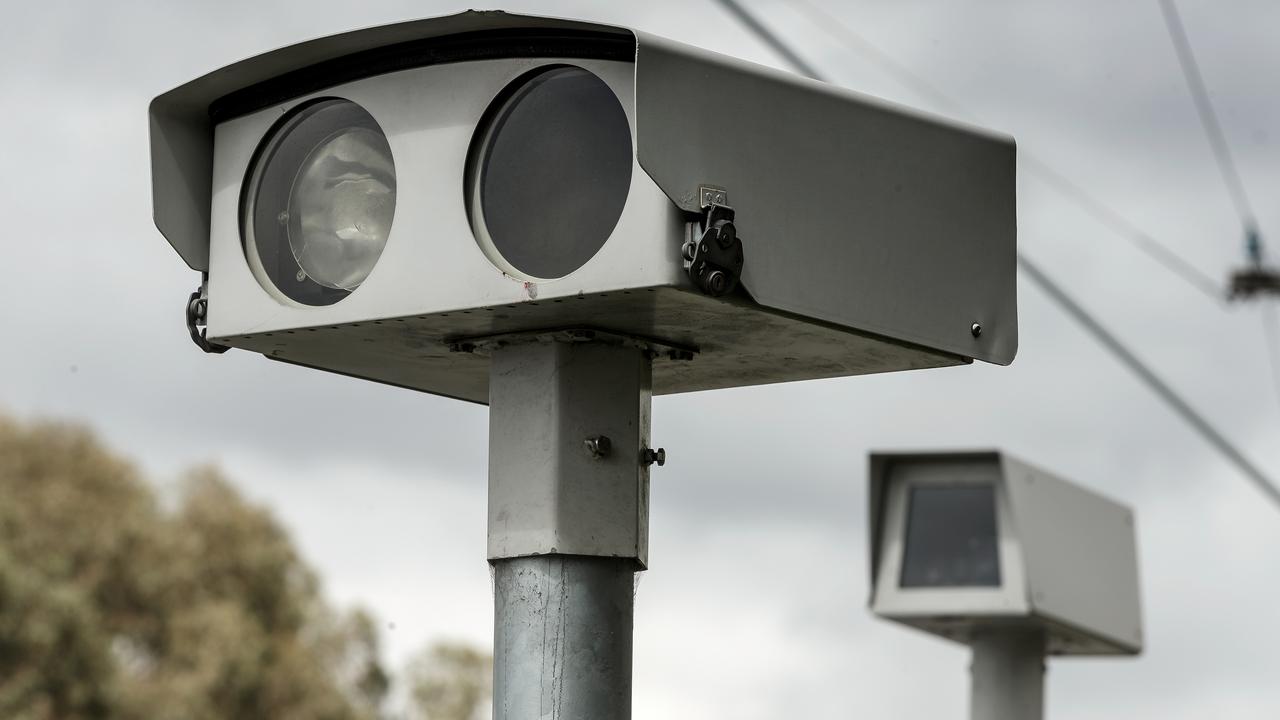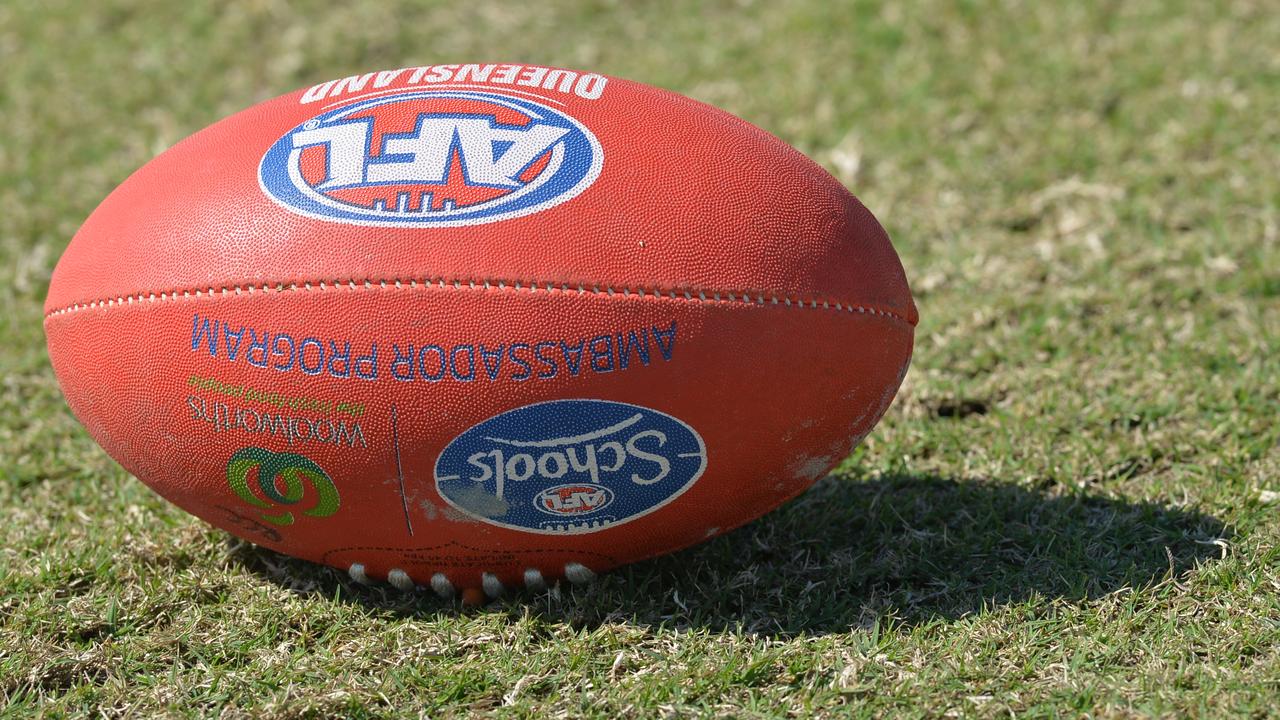New device removes threat of deadly transplant complications
A groundbreaking device that saved a father of three by keeping a heart outside the body for a world record seven hours could help the lives of others.
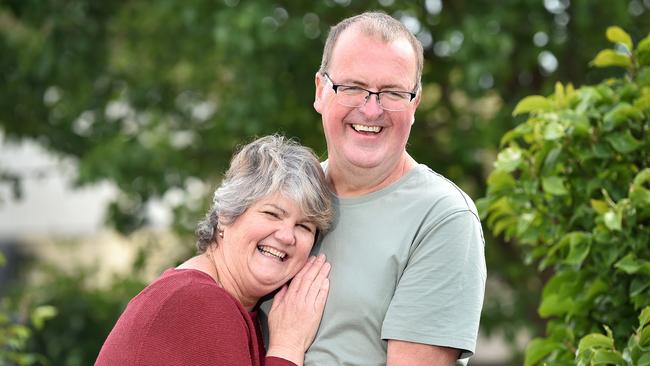
Victoria
Don't miss out on the headlines from Victoria. Followed categories will be added to My News.
A machine that keeps donated hearts alive outside the body for double the usual time is offering hope of eliminating the most deadly complication of lifesaving transplant surgery and enabling more precious donor hearts to be used.
For the past 50 years, donated organs have been transported between hospitals in ice-filled cooler boxes.
But a new “heart in the box” device pumps the organ with nutrients and oxygen once it is retrieved from the donor, which protects it and keeps it cool.
In a trial of the new box, Melbourne father-of-three Andrew Conway received a donor heart that was kept outside the body for a world-record seven hours and 18 minutes.
The new device allows donor hearts to survive with minimal damage for at least eight hours outside the body, which dramatically reduces the chance of post-surgery complications – the biggest killer from the procedure.
Surgeons say they hope the extra time for transplantation will allow every possible donated heart around Australia and New Zealand to be used for transplant.
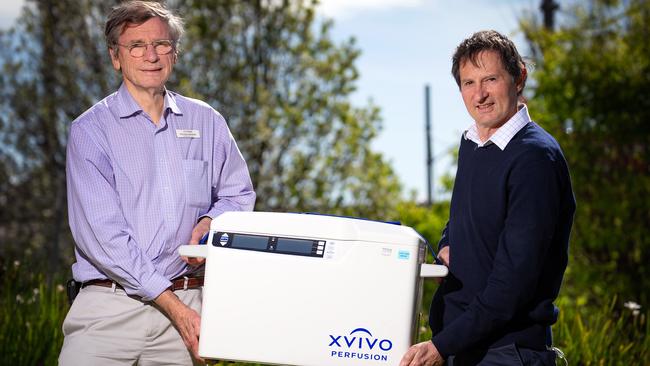
It could result in an extra 22 lives being saved each year, on top of the 150 heart transplants performed annually.
Five patients in Victoria and one in Sydney have had their heart transplants made possible through this Swedish-designed hypothermic ex-vivo perfusion system, as part of a clinical trial being led by The Alfred and researchers from Brisbane’s Prince Charles Hospital.
Director of cardiology at The Alfred, Professor David Kaye said that apart from a donor shortage, the biggest challenge of heart transplantation was the high risk of a life-threatening post-surgical complication called graft failure.
The risk of the new heart not working properly increases the longer it has been out of the body, with a 30 per cent increased risk after four hours and a 50-60 per cent chance of problems at eight hours.
“The real worry that we have is, even if the heart has come from an otherwise very healthy young person, honestly we’re not always sure that it’s going to work well,” Prof Kaye said.
“If that happens in the early post-operative period, the patient either has to be on very strong medicines to make the heart work or we have to use mechanical pumps to keep the patient going until the heart fires up again. Other complications can set in.
“It really limits the pool of donors we can use, and means we probably don’t use all the donor hearts around Australia because some are too far away and we’re too hesitant to use them.
“I can honestly say what we’ve seen so far with the first patients in this trial is a revolution in heart transplantation,” Prof Kaye said.
The clinical trial will recruit 36 patients and also involves the Royal Children’s Hospital, St Vincent’s Hospital in Sydney, Fiona Stanley Hospital in Perth and Auckland City Hospital.
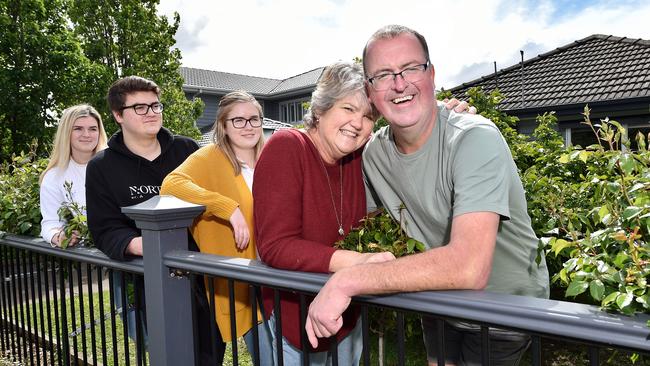
Cardiothoracic surgeon at The Alfred, Prof David McGiffin co-led the four years of laboratory research to get this clinical trial running, which was able to successfully transplant animal hearts after nine hours of using the system.
Prof McGiffin said that unlike the European trial that was sticking to testing the system within short retrieval times, their trial was going the “extra step” by using hearts after six hours.
“If we could eliminate primary graft dysfunction, we could make the results substantially better because a major cause of death after a heart transplant is from the complications of supporting them when the heart is recovering,” he said.
“Our goal is to make sure no heart in Australia or New Zealand is wasted due to logistic reasons, which may increase the number of transplants.”
World record-holder Mr Conway said on Sunday: “My heart was only running at 16 per cent at the end, but I’m as good as gold now.
“I’m looking forward to doing everything again, just everyday stuff normal people can do.”
Surgeons were astounded at how the 55-year-old sailed through intensive care after the recent operation. He was walking two days later and was discharged from The Alfred after 12 days.



